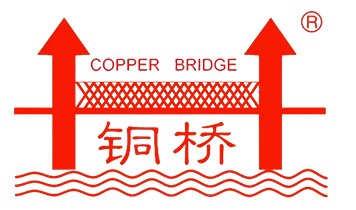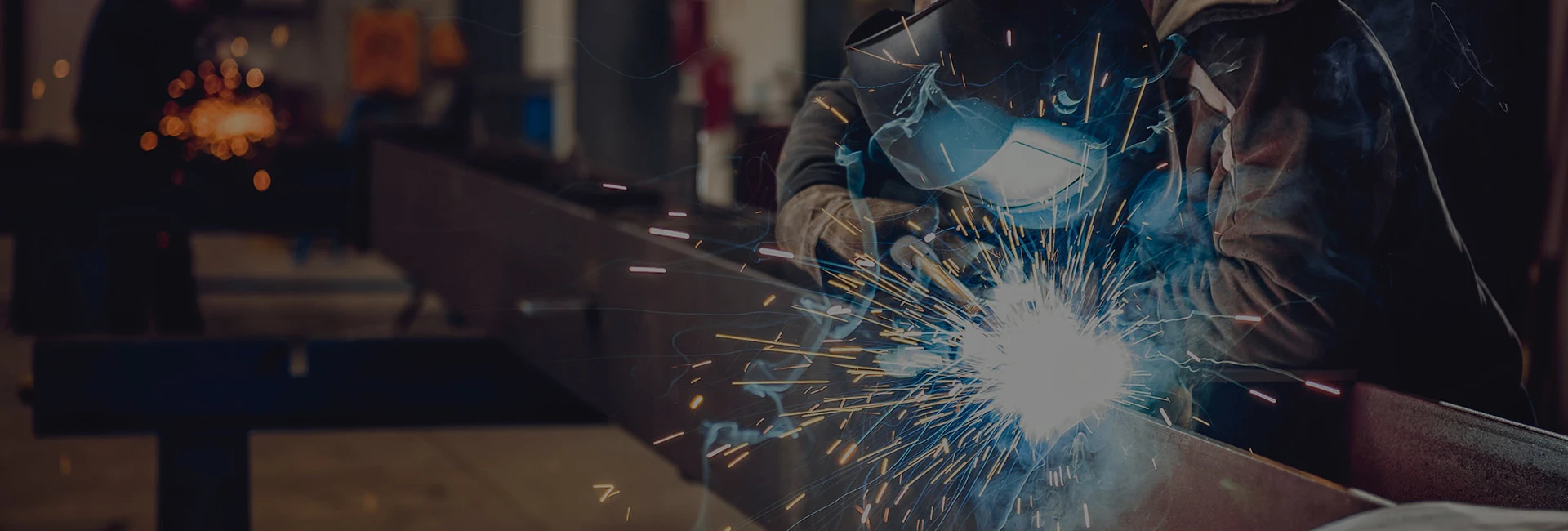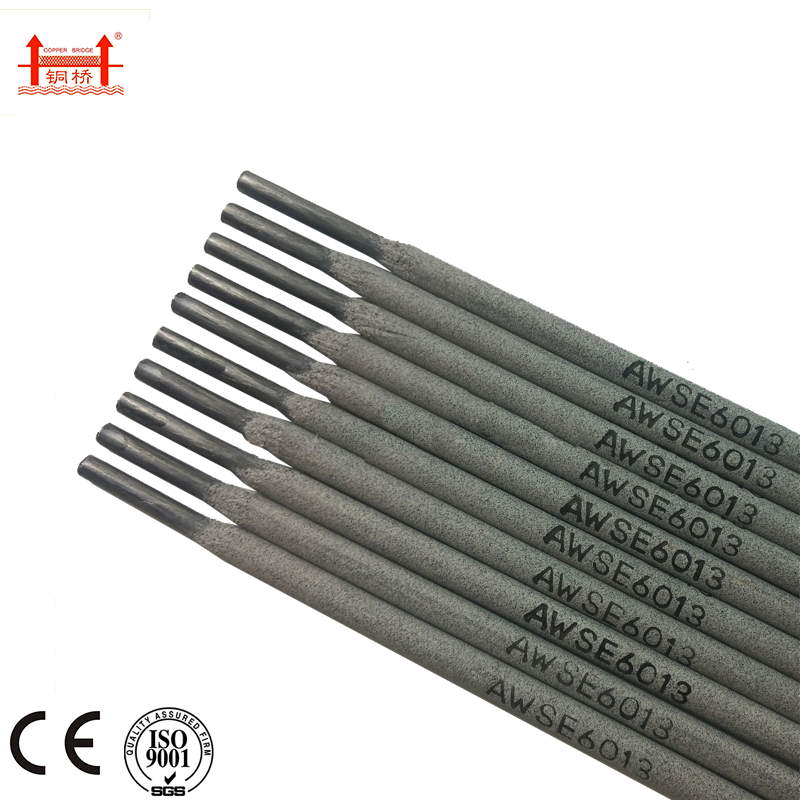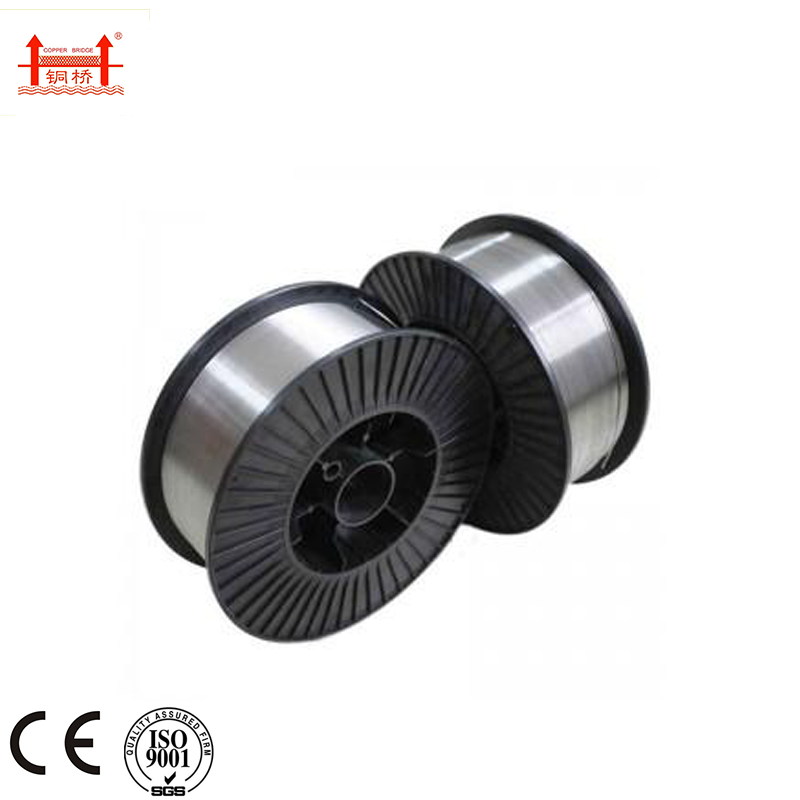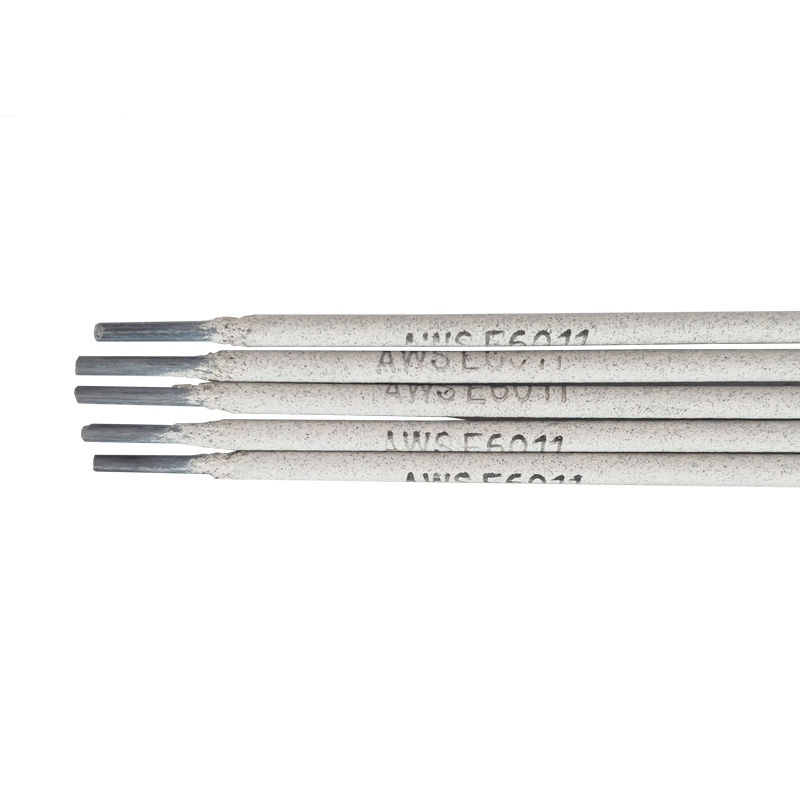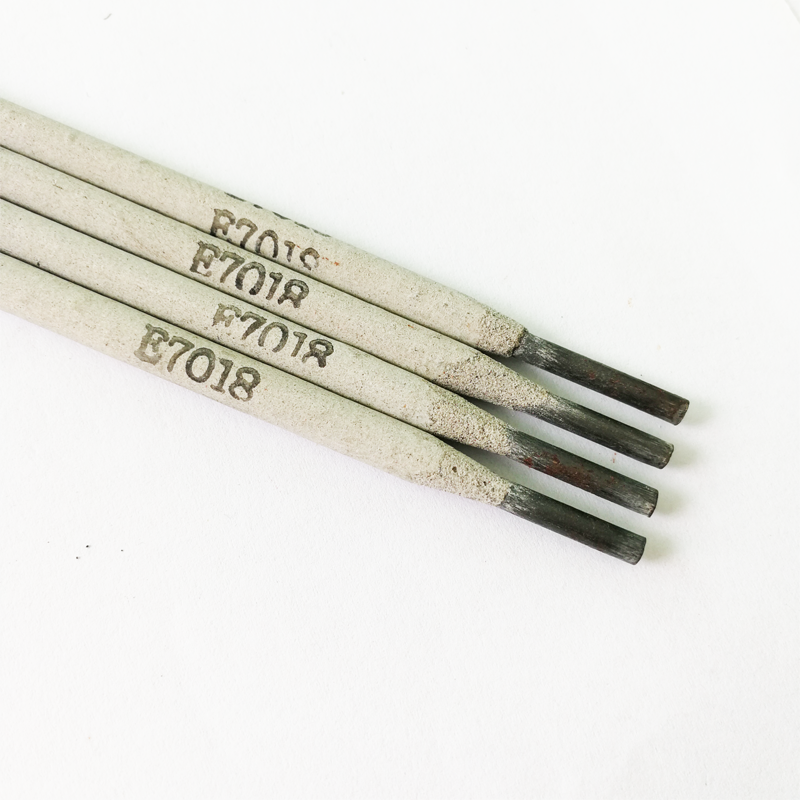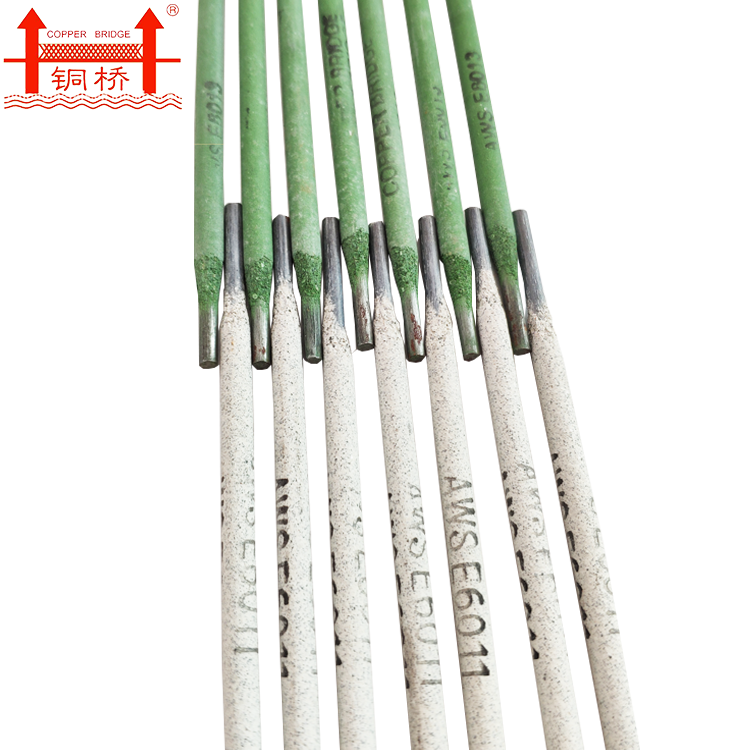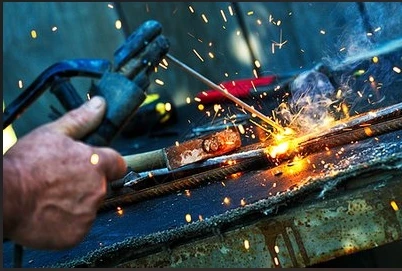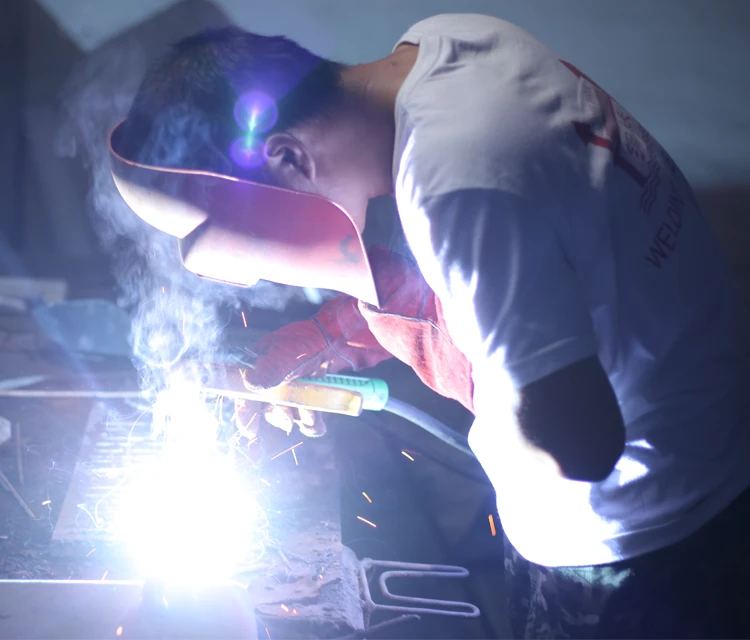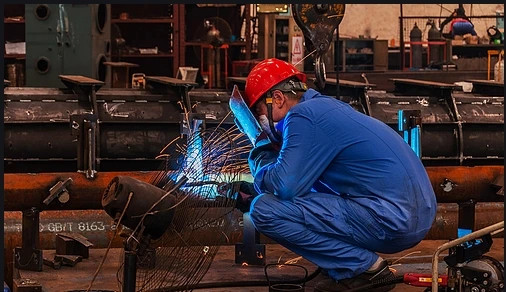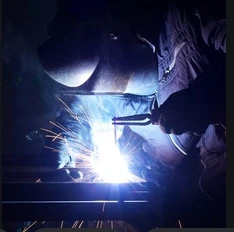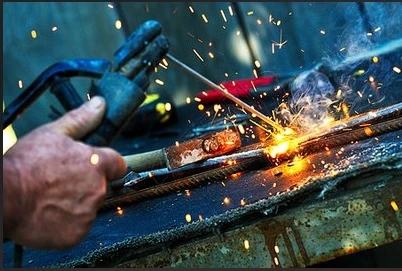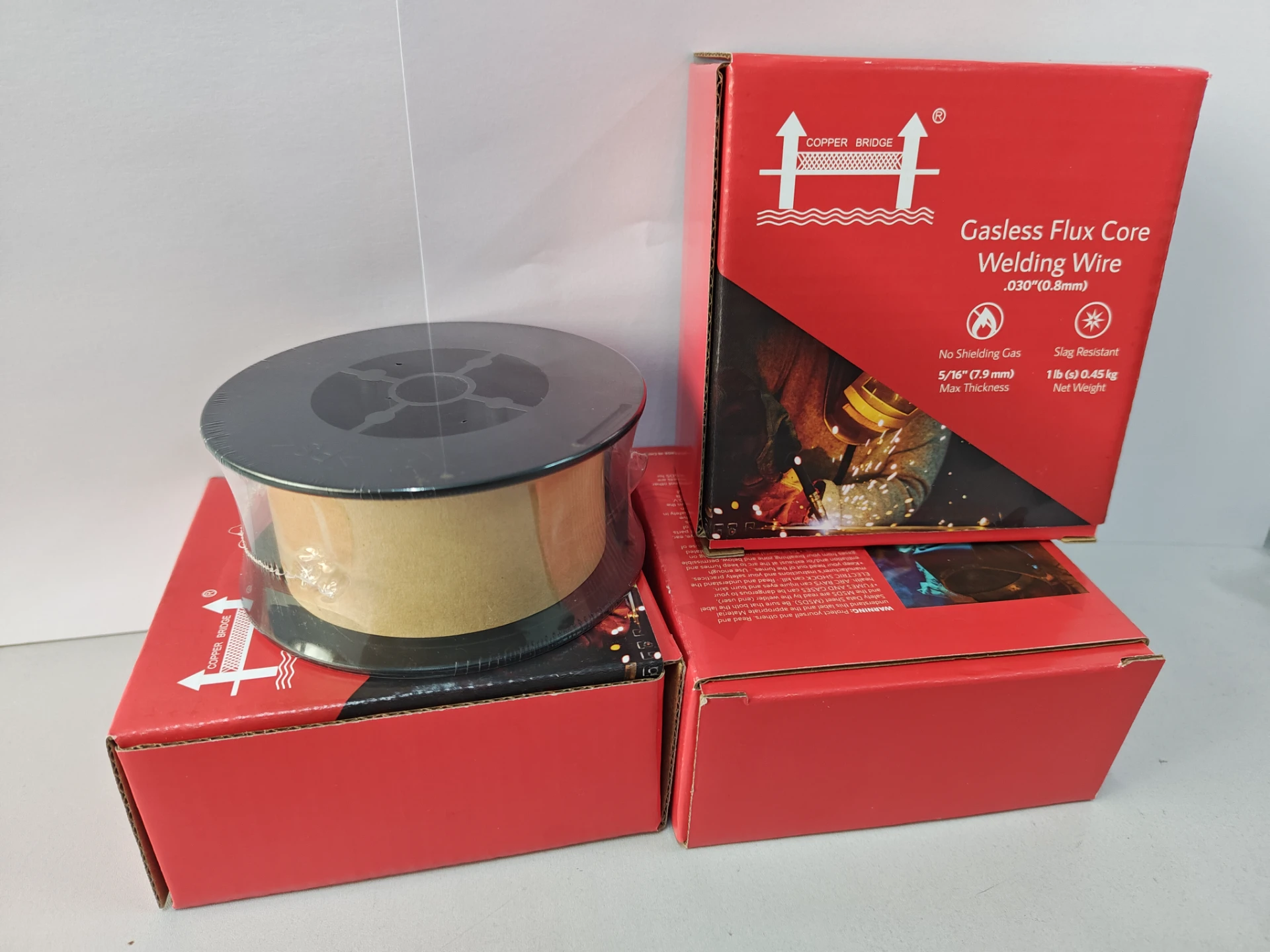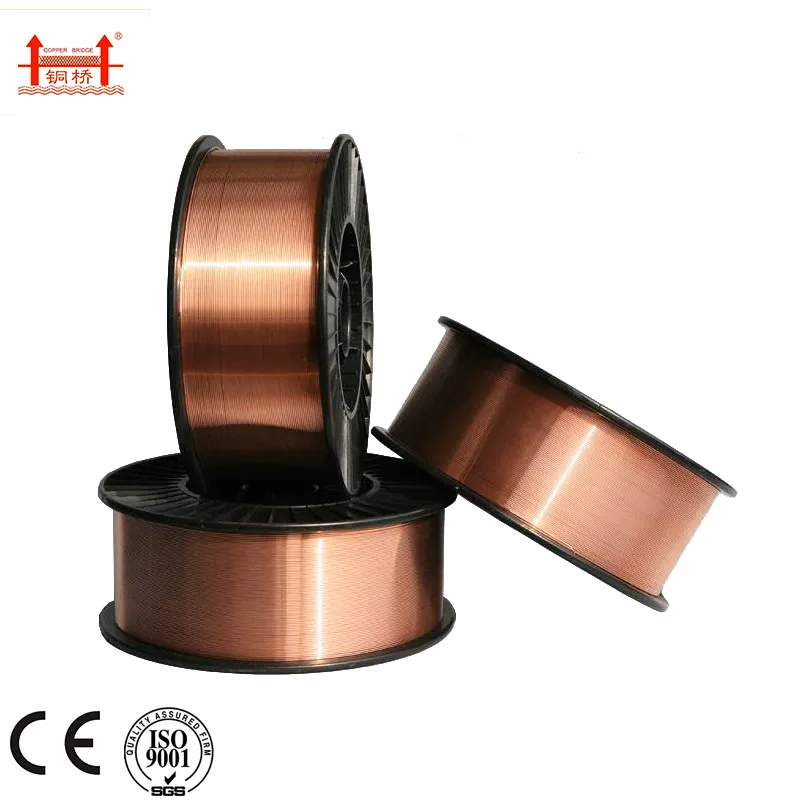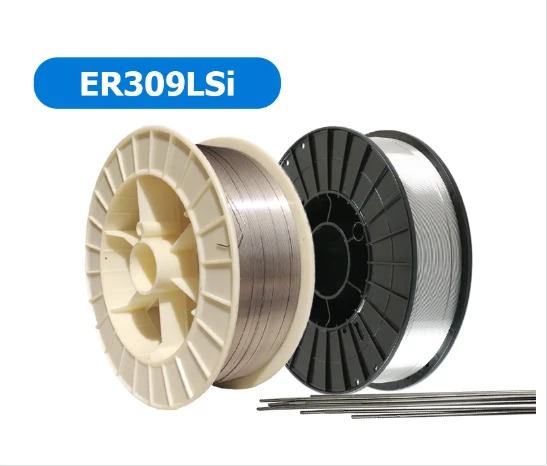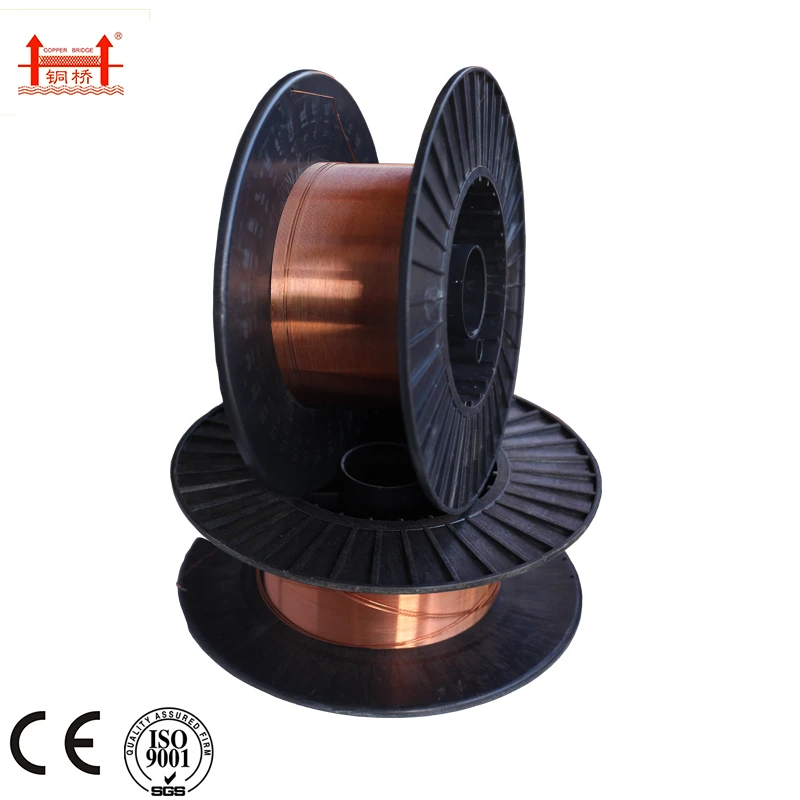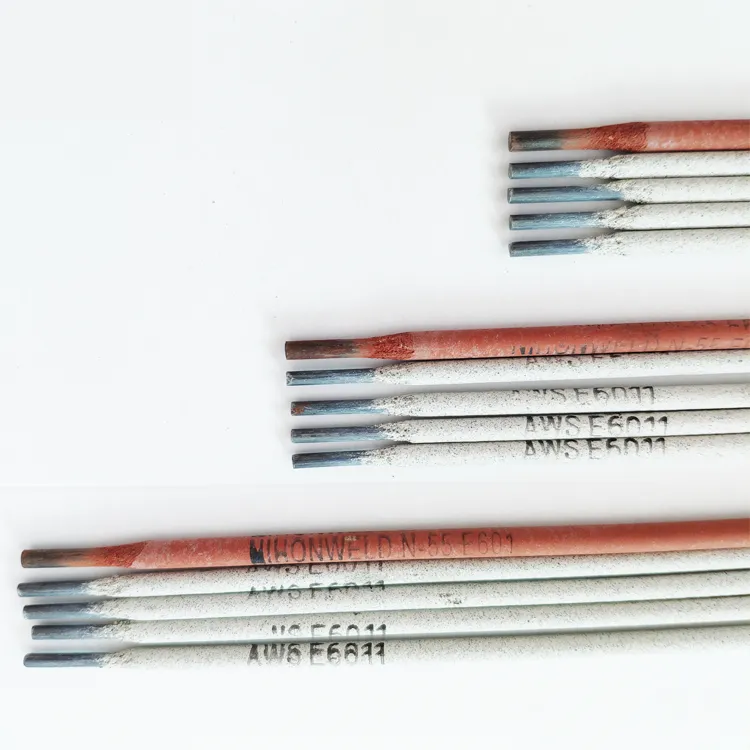E316L 16 Electrode: Superior Corrosion Resistance
Agosti . 06, 2025 10:20
Your definitive resource for the e316l 16 electrode, covering everything from technical specifications to real-world applications.
Decoding the Standard: What Does E316L-16 Mean?
In the world of professional welding, alphanumeric designations are not just random codes; they are a complete profile of an electrode's capabilities. Understanding the e316l 16 meaning is the first step toward mastering its application. The AWS (American Welding Society) A5.4 specification provides a clear breakdown:
- E: Stands for "Electrode," indicating it's used for electric arc welding (specifically, Shielded Metal Arc Welding or SMAW).
- 316: This designates the type of stainless steel in the weld metal. Type 316 is a chromium-nickel austenitic stainless steel that contains molybdenum. This addition significantly enhances its resistance to general corrosion and especially to pitting corrosion from chloride solutions.
- L: This is a crucial suffix. It means "Low Carbon." The carbon content is restricted to a maximum of 0.04%. This low carbon level minimizes the risk of carbide precipitation in the weld, which prevents intergranular corrosion and maintains the integrity of the welded joint, particularly in high-temperature or corrosive service.
- -16: This part defines the coating, usability, and type of current. The "-16" indicates a titania-potassium coating. This type of coating offers excellent all-position usability (flat, horizontal, vertical, overhead), works with both AC and DCEP (Direct Current, Electrode Positive) power sources, and provides a stable arc, low spatter, and an easily removable slag.
Therefore, an e316l 16 electrode is a low-carbon, molybdenum-bearing stainless steel electrode with a versatile titania-based coating, designed for high-quality, corrosion-resistant welding in demanding environments.
Industry Trends & Market Outlook for High-Performance Electrodes
The global market for welding consumables is on a significant upward trajectory, projected to grow at a CAGR of over 5.2% from 2023 to 2030, according to Grand View Research. A key driver of this growth is the increasing demand for high-performance materials in critical industries like petrochemical, power generation, and food & beverage processing. The e316l-16 welding rod is at the forefront of this trend.
There's a growing emphasis on lifecycle cost over initial purchase price. Asset owners now demand welds that not only meet initial strength requirements but also offer long-term resistance to corrosion and environmental degradation. The e 316l 16 electrode directly addresses this need, providing durable welds that reduce maintenance cycles and extend the service life of critical equipment. This shift towards reliability and longevity solidifies the position of premium electrodes like the E316L-16 as an industry standard rather than a specialty product.
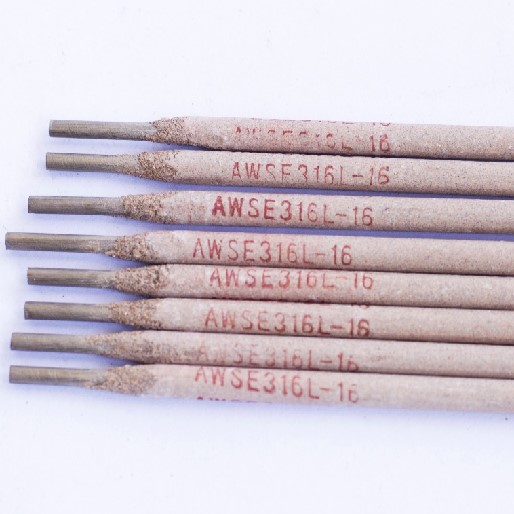
Core Technical Specifications: E316L-16 Electrode Data
A deep dive into the technical parameters of the e316l 16 electrode reveals why it is the preferred choice for critical applications. The specifications below are typical values conforming to the AWS A5.4/A5.4M standard, ensuring consistent performance and quality.
Chemical Composition of Deposited Weld Metal (%)
The precise balance of elements in the weld deposit is what gives the e316l electrode its superior properties. The low carbon content is paramount, while molybdenum provides the critical resistance to pitting corrosion.
| Element | AWS A5.4 Requirement | Jinlong Welding Typical Value | Significance in Performance |
|---|---|---|---|
| Carbon (C) | 0.04 max | 0.03 | Minimizes carbide precipitation, preventing intergranular corrosion. |
| Chromium (Cr) | 17.0 - 20.0 | 18.5 | Forms a passive oxide layer for primary corrosion resistance. |
| Nickel (Ni) | 11.0 - 14.0 | 12.5 | Promotes an austenitic structure for toughness and ductility. |
| Molybdenum (Mo) | 2.0 - 3.0 | 2.4 | Greatly enhances resistance to pitting and crevice corrosion. |
| Manganese (Mn) | 0.5 - 2.5 | 1.8 | Acts as a deoxidizer and improves hot cracking resistance. |
| Silicon (Si) | 1.00 max | 0.65 | Deoxidizes the weld pool, improving weld bead fluidity. |
Mechanical Properties of All-Weld-Metal
Beyond composition, the mechanical strength and ductility of the final weld are critical for structural integrity, especially in applications subject to thermal cycling or mechanical stress.
| Mechanical Property | AWS A5.4 Requirement | Jinlong Welding Typical Value |
|---|---|---|
| Tensile Strength | ≥ 490 MPa (71,000 psi) | 560 MPa (81,200 psi) |
| Yield Strength | Not Specified | 440 MPa (63,800 psi) |
| Elongation in 2" (50mm) | ≥ 30% | 40% |
Recommended Welding Parameters (DCEP or AC)
Proper parameter setting is key to achieving a flawless weld. Below are the recommended amperage settings for various electrode diameters, ensuring optimal e316l 16 electrode welding performance.
| Diameter (mm) | Diameter (in) | Length (mm) | Current (Amps) |
|---|---|---|---|
| 2.5 | 3/32 | 300 | 50 - 85 A |
| 3.2 | 1/8 | 350 | 80 - 120 A |
| 4.0 | 5/32 | 350 | 110 - 160 A |
| 5.0 | 3/16 | 350 | 150 - 200 A |
Data Visualized: E316L-16 Performance Metrics
Visual data representations provide an at-a-glance understanding of product superiority. Here, we compare key performance indicators and compositional data for our Stainless Steel Electrodes E316L-16.
Performance Comparison: Jinlong vs. Standard
Our electrode's advanced coating formulation leads to superior deposition rates and reduced spatter.
Weld Metal Composition (Typical)
The precise blend of alloying elements ensures optimal performance as per AWS A5.4 standards.
- Iron (Fe): ~68%
- Chromium (Cr): ~18%
- Nickel (Ni): ~12%
- Molybdenum (Mo): ~2.4%
- Others (Mn, Si, C):
The Manufacturing Journey of an E316L-16 Electrode
Creating a superior e316l-16 welding rod is a multi-stage process rooted in precision engineering and stringent quality control. Each step is critical to ensuring the final product delivers flawless performance. Our process adheres strictly to ISO 9001 quality management standards.
Core Wire Drawing
High-purity 316L stainless steel rods are drawn through a series of dies to achieve the precise core wire diameter. This ensures consistent electrical conductivity and melt-off rate.
Flux Formulation
Our proprietary blend of titania, potassium silicates, carbonates, and alloying elements is precision-milled into a fine powder. This "flux" will form the protective slag and stabilize the arc.
Coating Extrusion
The core wire is fed through a high-pressure extrusion press where the flux is applied concentrically. This is a critical CNC-controlled step to guarantee uniform coating thickness, vital for stable arc performance.
Controlled Baking
The coated electrodes are moved through a multi-zone baking oven. This carefully controlled process removes all moisture from the coating to prevent hydrogen-induced cracking in the final weld.
Quality Inspection & Packaging
Each batch undergoes rigorous testing: concentricity checks, weld tests, and chemical analysis (X-ray fluorescence). Once approved, they are vacuum-sealed to protect from moisture until use.
Technical Advantages & Application Scenarios
The unique combination of low carbon and molybdenum in the e316l 16 electrode translates into tangible benefits across a wide range of demanding industrial sectors.
Key Technical Advantages
- Superior Corrosion Resistance: The 2-3% Molybdenum content provides exceptional resistance to pitting and crevice corrosion, especially in chloride-rich environments like coastal areas, chemical plants, and marine applications. It significantly outperforms standard E308L electrodes in these conditions.
- Prevention of Intergranular Corrosion: With a carbon content below 0.04%, the risk of chromium carbide formation at the grain boundaries during welding is virtually eliminated. This preserves the material's corrosion resistance in the heat-affected zone (HAZ).
- All-Position Versatility: The -16 coating allows skilled welders to perform high-quality welds in flat, horizontal, vertical-up, and overhead positions, making it ideal for both fabrication shop and on-site repair work.
- Excellent Weldability & Operator Appeal: Welders appreciate the smooth, stable arc, minimal spatter, and self-peeling slag. This leads to cleaner welds, less post-weld cleanup, and increased productivity.
- High Ductility & Crack Resistance: The austenitic weld metal structure, with a controlled amount of ferrite (typically 4-9 FN), provides excellent ductility and resistance to hot cracking, even when welding restrained joints.
Prime Application Industries
- Petrochemical & Chemical Processing: Welding of reactors, pressure vessels, and piping systems handling corrosive chemicals, acids, and chlorides. Essential for maintaining the integrity of 316L stainless steel components.
- Food & Beverage Industry: Fabrication and repair of tanks, pipelines, and equipment that require hygienic surfaces and resistance to corrosive cleaning agents. The smooth weld bead profile minimizes areas for bacterial growth.
- Pharmaceutical & Biotech: Welding high-purity piping systems where preventing contamination and ensuring cleanability are paramount.
- Marine & Offshore: Repairing and fabricating components exposed to saltwater spray and corrosive marine atmospheres, such as railings, exhaust systems, and structural supports.
- Pulp & Paper Industry: Welding equipment that handles bleaching agents and other corrosive compounds used in paper production.
Manufacturer Comparison: Jinlong Welding vs. The Competition
Not all e316l-16 electrodes are created equal. The difference lies in the precision of the manufacturing process, the quality of raw materials, and the stringency of quality control. Here's how Jinlong Welding's E316L-16 stands out.
| Feature / Parameter | Jinlong Welding E316L-16 | Generic/Standard E316L-16 |
|---|---|---|
| Coating Concentricity | ✓ Exceeds AWS standard by 15% (Laser Measured) | Meets minimum AWS standard |
| Moisture Resistance | ✓ Special hermetic sealing for 2X longer shelf life | Standard cardboard or plastic packaging |
| Arc Stability | ✓ Enhanced with arc stabilizers for | Standard stability, may require more operator skill |
| Slag Removability | ✓ Self-peeling in over 90% of flat/horizontal welds | Often requires manual chipping |
| Traceability | ✓ Full batch traceability with certified material test reports (MTRs) | Limited or no batch-specific MTRs |
| Certifications | ✓ ISO 9001, AWS A5.4, CE Certified | May have limited or no certifications |
Custom Solutions & Tailored Services
We understand that standard solutions don't fit every project. At Jinlong Welding, we go beyond just supplying an excellent e316l 16 electrode. We partner with our clients to provide comprehensive welding solutions.
- Custom Diameters & Lengths: For automated welding processes or specific access requirements, we can manufacture non-standard electrode sizes.
- Specialized Packaging: Need smaller, site-specific packaging or heavy-duty container111s for harsh environments? We provide customized packaging solutions to protect your investment.
- WPS Development Support: Our team of welding engineers can assist you in developing or qualifying your Welding Procedure Specifications (WPS) using our e316l electrode, ensuring you meet all code requirements (e.g., ASME IX, EN ISO 15614-1).
- Volume-Based Pricing & Logistics: For large-scale projects, we offer competitive pricing tiers and managed logistics to ensure a steady supply of consumables, delivered on your schedule.
Real-World Success: Application Case Studies
The true measure of a product is its performance in the field. Here are examples of how our e316l 16 electrode welding rods have provided lasting solutions for our clients.
"We were fabricating a series of 316L stainless steel mixing vessels for a major pharmaceutical client. The weld integrity and surface finish were non-negotiable. Using Jinlong's E316L-16 electrodes, we achieved flawless, X-ray quality welds with minimal post-weld cleanup. The self-releasing slag saved our team dozens of man-hours per vessel. The client was extremely satisfied with the final product."
"Our maintenance team performs on-site repairs at a coastal chemical plant. Corrosion is a constant battle. We switched to Jinlong's E316L-16 for all our stainless steel pipe repairs. The superior corrosion resistance from the molybdenum content has drastically reduced the frequency of repeat repairs on welded joints, saving us significant downtime and labor costs. The all-position capability is a lifesaver in tight spaces."
Trust and Transparency: Our Commitment to You
Building trust is at the core of our business. We ensure our customers are fully supported, from inquiry to after-sales service.
Authoritativeness & Certifications
Our commitment to quality is validated by internationally recognized standards:
- ISO 9001:2015 Certified: Our manufacturing facilities operate under a certified Quality Management System.
- AWS A5.4/A5.4M Conformance: Every batch of e316l 16 electrode is tested to meet or exceed the requirements of the American Welding Society.
- CE Marking: Our products meet the health, safety, and environmental protection standards for products sold within the European Economic Area (EEA).
- Industry Partnerships: Proud supplier to leading companies in the petrochemical, food processing, and marine fabrication sectors for over 20 years.
Delivery, Warranty & Support
- Delivery Cycle: Standard orders ship within 48 hours. Typical delivery is 5-7 business days for domestic and 10-15 days for international orders. Expedited options available.
- Quality Guarantee: We offer a 100% satisfaction guarantee. If our product does not meet the certified specifications, we will provide a full replacement or refund.
- 24/7 Customer Support: Our technical support team is available around the clock to answer your questions about product selection, application, and troubleshooting.
Frequently Asked Questions (FAQ) about E316L-16 Electrodes
The key difference is the carbon content, indicated by the "L". The e316l-16 has a maximum carbon content of 0.04%, while the standard E316-16 can have up to 0.08%. This low carbon content in the "L" grade is critical for preventing sensitization (carbide precipitation) during welding, which preserves the intergranular corrosion resistance of the weld and the heat-affected zone. For applications involving corrosive environments or high temperatures, E316L-16 is always the superior and safer choice.
The "-16" in e316l 16 meaning refers to the type of electrode coating and its operating characteristics. Specifically, it denotes a titania-potassium coating. This formulation allows the electrode to be used with both AC and DCEP (Direct Current, Electrode Positive) power sources. It's known for producing a very stable arc, low spatter, a finely rippled bead appearance, and slag that is easy to remove. The "-16" coating is what makes the electrode "all-position," meaning it can be used for flat, horizontal, vertical, and overhead welding.
Generally, no. One of the advantages of austenitic stainless steels like 316L is that they do not require preheating under most conditions, especially for material thicknesses below 1/2 inch (13mm). Preheating is typically used to prevent cracking in high-carbon or alloy steels, but the ductile, tough nature of 316L stainless makes it resistant to such cracking. In fact, excessive heat input should be avoided. It's more important to control the interpass temperature (typically keeping it below 150°C / 300°F) to prevent distortion and preserve the material's corrosion resistance.
Proper storage is critical to maintain the low-hydrogen characteristics of the electrode coating. Electrodes should be stored in their original, unopened hermetically sealed container111 in a dry, heated storage area. The ideal environment is 15-25°C (60-80°F) with relative humidity below 50%. Once a package is opened, the electrodes should be stored in a heated holding oven at around 120°C (250°F) to prevent moisture absorption. If electrodes are suspected of absorbing moisture, they can be re-baked according to the manufacturer's specific recommendations, typically around 250-300°C (480-570°F) for one hour.
Yes, you can. Welding 304 or 304L stainless steel with an E316L-16 electrode is a common and acceptable practice. This is known as "over-alloying." The resulting weld will have the superior corrosion resistance properties of 316L (due to the molybdenum), which is often beneficial. However, it is not cost-effective if the application does not require this enhanced corrosion resistance. You cannot, however, go the other way: you should never weld 316L material with a 308L (304L) electrode, as the weld would lack the required molybdenum and would be a point of corrosion failure.
A typical E316L-16 weld deposit will have a Ferrite Number (FN) in the range of 4 to 9. Ferrite is a magnetic phase within the otherwise non-magnetic austenitic microstructure. This small, controlled amount of ferrite is extremely important because it significantly improves the weld's resistance to micro-fissuring and hot cracking during solidification. The ferrite structure can accommodate thermal stresses and impurities more effectively than a fully austenitic structure. Manufacturers carefully control the chemical balance to achieve this optimal FN range, ensuring both crack resistance and excellent corrosion properties.
The most common cause of porosity in SMAW with any electrode, including the e316l electrode, is contamination. This can be moisture in the electrode coating (from improper storage), or contaminants on the base metal surface such as oil, grease, paint, or rust. Another key factor is an incorrect arc length. An excessively long arc allows nitrogen and oxygen from the atmosphere to enter the molten weld pool, which then get trapped as gas pores upon solidification. To avoid porosity, always use properly stored, dry electrodes, thoroughly clean the base material in the weld zone, and maintain a short, consistent arc length.
References & Further Reading
The information presented is based on established industry standards and expert publications. For deeper technical exploration, we recommend the following authoritative sources:
- AWS A5.4/A5.4M:2012, "Specification for Stainless Steel Electrodes for Shielded Metal Arc Welding." American Welding Society. This document is the definitive standard for the classification and testing of electrodes like the E316L-16.
- Kotecki, D. J. (2002). "A history of the WRC ferrite number system." Welding Journal, 81(12), 47-51. An in-depth article on the importance of ferrite in stainless steel welds. Available via the American Welding Society publications portal.
- "Practical Guidelines for the Fabrication of Duplex Stainless Steels." (2014). International Molybdenum Association (IMOA). While focused on duplex, this guide provides excellent context on the role of alloying elements like molybdenum in corrosion prevention. Link: IMOA Fabrication Guide.
- Discussions on welding forums like the AWS Welding Forum provide practical insights from professional welders. Thread on Stainless Steel Consumable Selection: AWS Welding Forum.
Related Video


